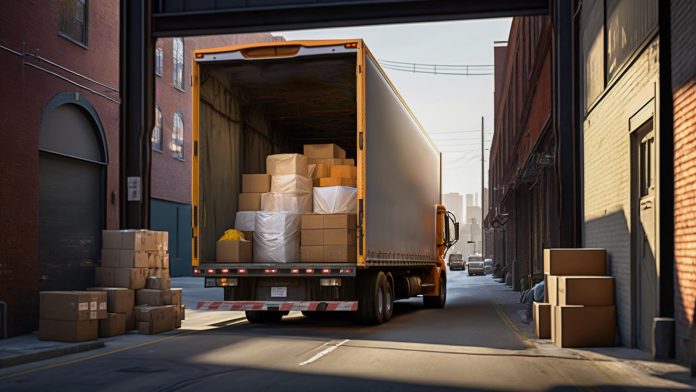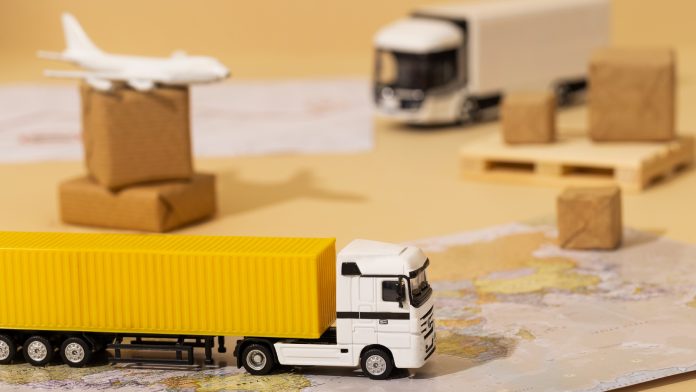3 Easy Ways To Reach Spectrum Customer Service

It’s a tale as old as time when you come across an issue with your internet connection, and you dial up the customer support team, only to be left waiting for ages!
What ends up happening is that the team isn’t available at that time so no one answers your call, or that there are too many people waiting in line to complain, that your turn is going to take a while. Either way, it’s a nightmare every time you need to call customer support!
However, there are a handful of internet service providers that prioritize their customers, as rare as that may be. We can think of one ISP in particular that seems to stand out among other ISPs, and it’s called Spectrum. Since we’re on the topic of customer support, Spectrum’s customer service is top-notch and exceeds all expectations!
But before we delve into how amazing that is and the various ways you can connect with the team, let’s first dissect Spectrum and its services.
The Wonders of Spectrum

Spectrum is one of the biggest internet service providers in America, so we’re sure that you’ve probably heard about it before. It is largely available in 41+ states, with over 500 store locations across the country, meaning that it is also one of the most accessible internet service providers in the whole country!
Spectrum is also one of the rarest ISPs that has over 500,000 Wi-Fi hotspots all over the nation, making it easier for its customers to stay connected to a strong and secure network source, even when they’re out and about! Due to the recent increase in cybercrimes and hackers, it’s understandably wise to remain cautious about your private information online. Connecting to public Wi-Fi sources is a big no-no in that category and experts don’t recommend connecting to just any Wi-Fi hotspot.
In that regard, Spectrum provides a secure option. Not only that but all of Spectrum’s Wi-Fi equipment and internet plans come with a built-in security suite. This protects the user’s identity and information every time they log online and also keeps malicious content and software at bay.
You might be thinking that all these benefits and perks are impressive, but what about the internet plans themselves?
Well, you’d be delighted to hear that Spectrum’s internet plans are quite budget-friendly, making it ideal for the average man to sign up. It also helps that Spectrum’s prices remain consistent for an entire year before they change. Such a guarantee of consistent pricing is something that other ISPs aren’t able to give, which makes Spectrum all the more better!
| Internet Plans | Download Speed | Upload Speed | Prices |
| Spectrum Internet (really good for households with 4 to at least 5 devices) | 300 Mbps | 10 Mbps | $49.99 per month(this price is consistent for a year) |
| Spectrum Internet Ultra(great for households with 6 to 8 devices) | 500 Mbps | 20 Mbps | $69.99 per month(this price is consistent for a year) |
| Spectrum Internet Gig(ideal for households with 10 or more devices) | 1000 Mbps | 35 Mbps | $89.99 per month(this price is consistent for a year) |
Since we’ve discussed Spectrum and its offered services on an extensive basis, here are some primary ways via which you can connect with its team of experts.
Related: 5 Reasons To Work On Your Customer Service
1. Call Them Directly
The first suggestion is the most direct approach, and we’d recommend this approach greatly!
Since Spectrum’s team is available 24/7 all year round, you can pick up the phone and call them whenever you’d like. Whether it’s Christmas time, or the weekend, or even if it’s super late at night, Spectrum’s team is there, ready to assist you in any way!
For assistance in English, dial 855-423-0918 or if you’d prefer to talk to an agent in Spanish, you can do that as well by dialing 844-487-2710.
2. Via Social Media
In our modern day and age, almost everyone has a social media presence, even organizations and service providers.
You can reach out to Spectrum’s team via multiple social media platforms if you have an inquiry or a question. Spectrum’s team is available on Spectrum’s official Facebook, Instagram, and Twitter accounts. Or, is it just called X nowadays?
3. Visit a Local Store
We’ve already mentioned that Spectrum is one of the largest ISPs in the nation and that it has over 500 store locations!
You can simply visit the nearest Spectrum store and stop by if you have any questions or inquiries, or even if you want to make a purchase in person. The team members available at these store locations are very proactive and friendly, so they’d be more than happy if you reached out to them.
In Conclusion
These are the various methods you can reach out to Spectrum’s team of experts, so what are you waiting for?
Read Also:













